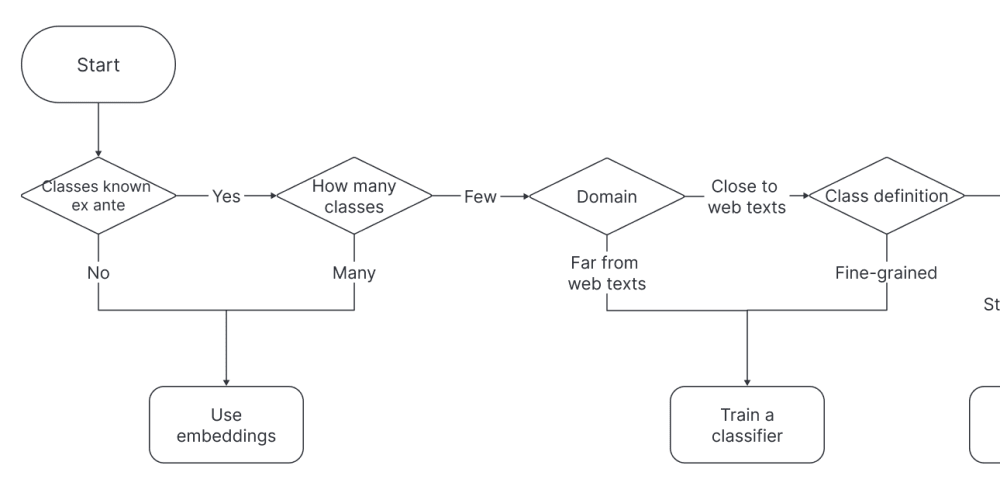In today’s digital age, web design is more than just creating an attractive website. It involves crafting a user experience that drives engagement, fosters brand loyalty, and ultimately boosts conversions. With technology constantly evolving, keeping up with the latest trends is essential for maintaining a modern, effective website. Whether you're redesigning your website or building a new one, knowing the top web design trends can help ensure your site stays fresh, functional, and engaging.
Here are the top web design trends you should know about.
1. Dark Mode and Low-Light UX
Dark mode has surged in popularity in recent years. Many users prefer dark themes because they’re easier on the eyes, especially in low-light conditions. Platforms like YouTube, Instagram, and Twitter have embraced this trend, giving users the option to toggle between light and dark modes.
From a design perspective, dark mode offers a sleek, modern look while improving battery efficiency on mobile devices. Designers are now utilizing vibrant colors, gradients, and neon elements that stand out against dark backgrounds, creating a striking visual effect. If your brand aligns with a futuristic or minimalist aesthetic, dark mode could be a great addition to your web design.
2. Minimalism and White Space
Minimalism in web design isn’t new, but it’s a trend that continues to evolve. In 2024, it’s all about embracing clean layouts with plenty of white space, allowing content to breathe. This approach reduces distractions, making it easier for users to navigate and focus on the essential elements of a website.
White space doesn’t mean white; it refers to the empty or negative space around design elements. The focus is on simplicity, clarity, and intuitive navigation. Minimalist design improves readability, speeds up load times, and creates a more enjoyable user experience overall. For businesses that prioritize a professional and straightforward presentation, minimalism is a winning approach.
3. Micro-Interactions and Animation
Micro-interactions are subtle, engaging design elements that respond to a user’s actions, providing feedback or enhancing the user experience. They can be as simple as a button changing color when clicked or more complex, like animations triggered by scrolling.
These small details may seem insignificant, but they play a big role in making the website more interactive and enjoyable. For example, a loading spinner or a hover animation can keep users engaged while waiting for content to load. Incorporating micro-interactions and animations effectively adds personality to your website without overwhelming the user, improving overall engagement.
4. Voice User Interface (VUI)
As voice-activated devices like Amazon’s Alexa, Google Assistant, and Apple’s Siri continue to grow in popularity, Voice User Interfaces (VUIs) are becoming an essential component of modern web design. VUIs allow users to navigate websites, search for information, and interact with content using voice commands rather than traditional typing.
The rise of smart speakers and voice search means that websites must be designed with accessibility and convenience in mind. Ensuring your website is optimized for voice search improves usability and positions your business for the future of web interaction. Incorporating VUI into your site can provide a more seamless, hands-free experience for users, especially on mobile devices.
5. Immersive 3D Elements
The use of 3D elements in web design has gained traction, providing an immersive experience that keeps users engaged. With the advancement of technology, 3D graphics are now smoother and more accessible, even on mobile devices. Designers are integrating 3D visuals to showcase products, create interactive environments, or simply add a wow factor to the user experience.
For e-commerce websites, 3D modeling allows users to view products from different angles or interact with the item before purchasing, mimicking the in-store experience. This trend can add depth and dimension to your website, making it more dynamic and engaging for visitors.
6. Mobile-First Design
Mobile-first design has become the standard as more users access websites via smartphones and tablets. This trend emphasizes designing for the smallest screens first and gradually scaling up to larger devices. The idea is to ensure that websites are fully optimized for mobile users, offering a fast, intuitive experience no matter the device.
In a mobile-first approach, elements like navigation, images, and content are streamlined for mobile access, prioritizing speed and usability. With Google’s emphasis on mobile-first indexing, this trend is not just a design preference but a necessity for businesses looking to rank higher in search results.
7. Personalized User Experience
Personalization is becoming a key factor in web design as companies strive to create more tailored experiences for their users. Websites that can adapt content, product recommendations, and even design elements based on user behavior are more likely to retain visitors and encourage conversions.
AI and machine learning tools now make it easier to personalize web experiences by analyzing user data and providing customized recommendations. For instance, websites can greet returning users by name or suggest products based on past purchases. Personalization not only enhances the user experience but also builds stronger connections between the brand and its customers.
8. Augmented Reality (AR) Integration
Augmented Reality (AR) has become a game-changer in web design, particularly for e-commerce and retail businesses. AR allows users to visualize products in their real environment before purchasing, making online shopping more interactive and informative.
For example, furniture websites can use AR to let customers see how a sofa would look in their living room or fashion brands can offer virtual try-ons. This interactive experience reduces hesitation in online shopping and can significantly boost sales by giving users a more tangible sense of the product.
Conclusion
Keeping up with the latest web design trends is essential for maintaining a competitive edge in the digital landscape. Embracing trends like dark mode, micro-interactions, and mobile-first design not only enhances user experience but also improves functionality and appeal. Incorporating advanced technologies such as voice user interfaces, AR, and immersive 3D elements can further set your website apart. For businesses looking to revamp their online presence, integrating these trends is crucial. If you’re focused on Web Design in Santa Folsom, leveraging these modern design elements will ensure your website stands out in a crowded market and offers a contemporary, engaging user experience. Staying informed and adaptable is key to keeping your website a valuable asset for your business.
Also Read: Custom Web Development: A Complete Guide for Businesses



















